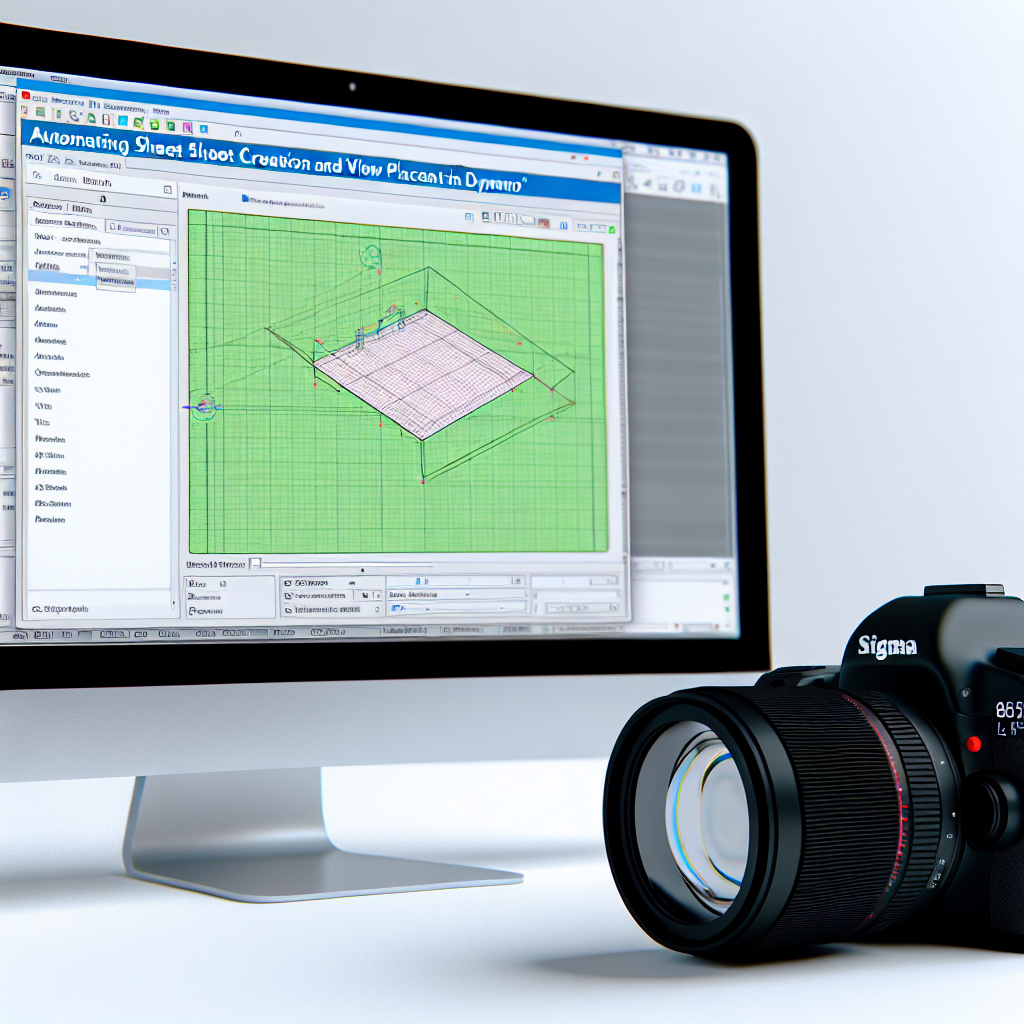Automating the process of creating sheets and placing views in Revit using Dynamo can significantly improve your workflow efficiency. Building upon the fundamentals of project setup automation, this article explores practical methods for generating sheets and systematically arranging views on them. Learn how to streamline your documentation process with these powerful Dynamo techniques.
Automating Sheet Creation and View Placement in Dynamo
When working with large projects, manually creating sheets and placing views can be time-consuming and prone to errors. Leveraging Dynamo for this task not only saves time but also ensures consistency across your documentation. The process begins with script development that automates the creation of sheets based on predefined templates or naming conventions.
Using Dynamo nodes, you can generate sheets by defining parameters such as sheet number, title, and sheet size. Once the sheets are created, the next step involves placing views on these sheets in an organized manner. This includes selecting the appropriate views—such as floor plans, elevations, or sections—and assigning them to specific sheet positions. A key advantage here is the ability to automate view placement, rotate views, and adjust viewports to fit standardized layouts across multiple sheets.
Step-by-Step Approach for Effective Automation
- Creating Sheets Programmatically: Use Dynamo scripts with the Revit.Elements.Sheet node to generate sheets, and set their properties dynamically. Incorporate logic to create sheets with unique identifiers and customized titles, reducing manual input.
- Filtering Views: Implement filters to select specific view types or views associated with certain levels or categories. This ensures that only relevant views are placed on the sheets, increasing accuracy and reducing clutter.
- Positioning Views: Automate view placement using Dynamo by specifying coordinates or using viewports’ bounding boxes. Employ mathematical calculations or grid systems to align views systematically, conserving space and maintaining consistency.
- Automating Naming and Indexing: Incorporate naming conventions and indexing within your scripts to keep sheets and views organized, which simplifies navigation and revisions in complex models.
Conclusion
Incorporating Dynamo for automating sheet creation and view placement in Revit offers substantial time savings and enhances project consistency. By systematically generating sheets, filtering relevant views, and precisely positioning them, designers can improve accuracy and efficiency. Mastering these techniques enables a more streamlined workflow, allowing you to focus on design quality rather than repetitive tasks.
